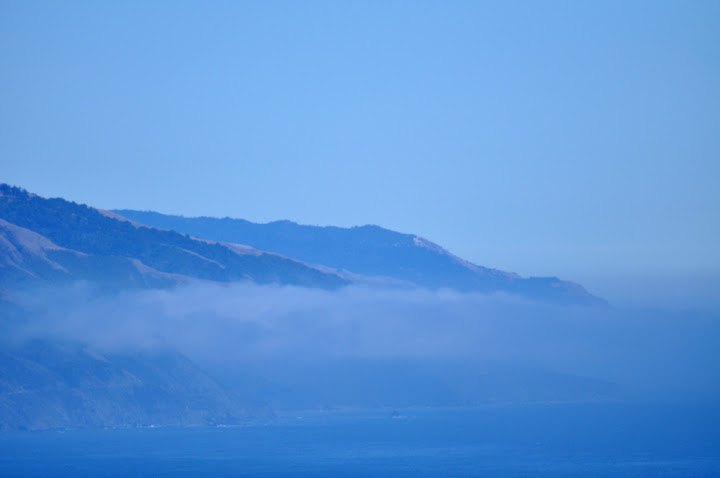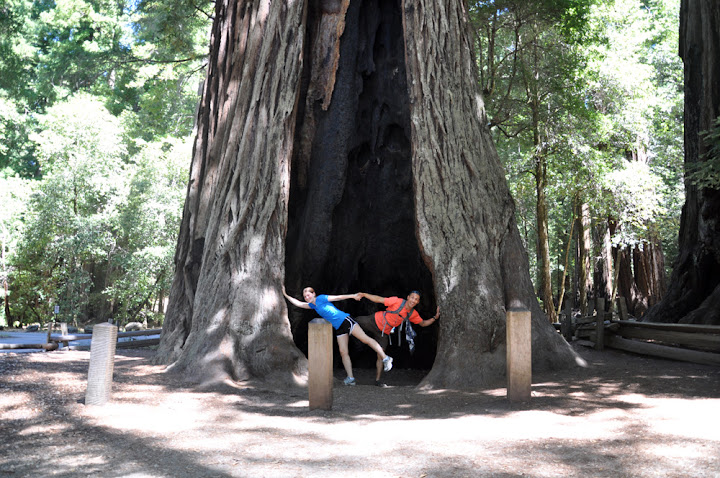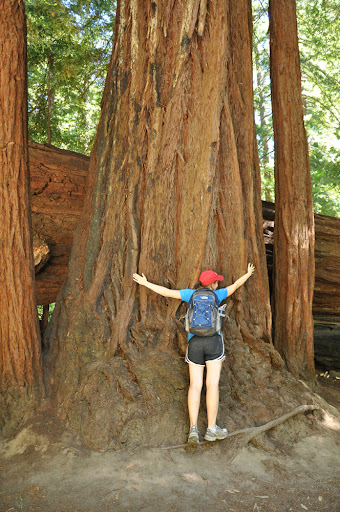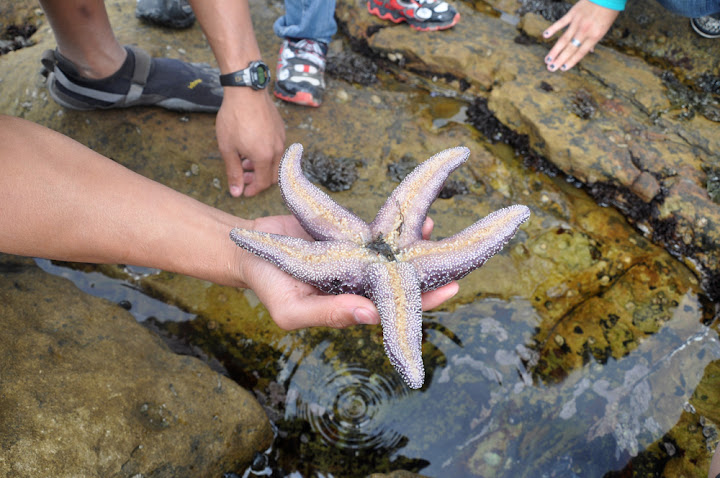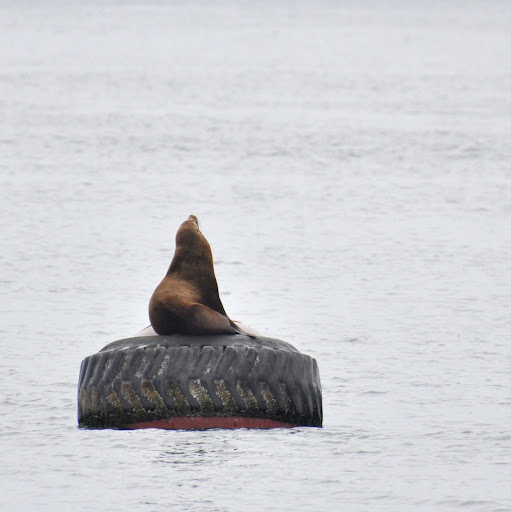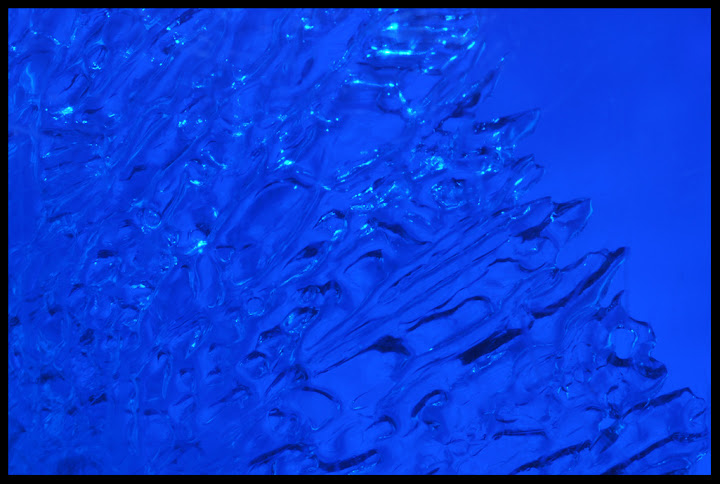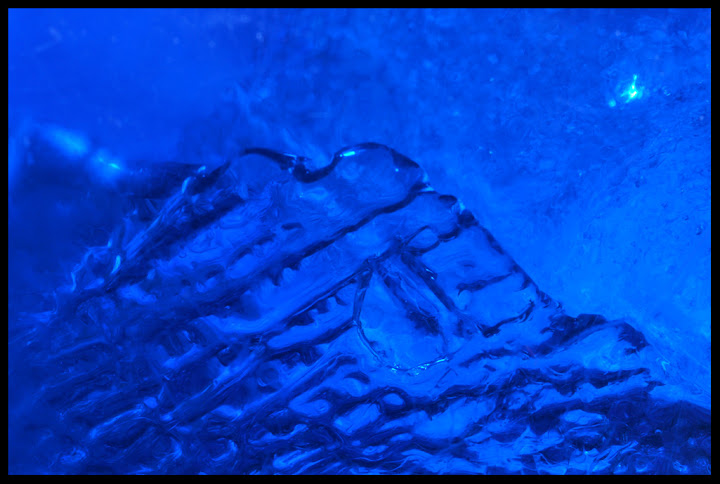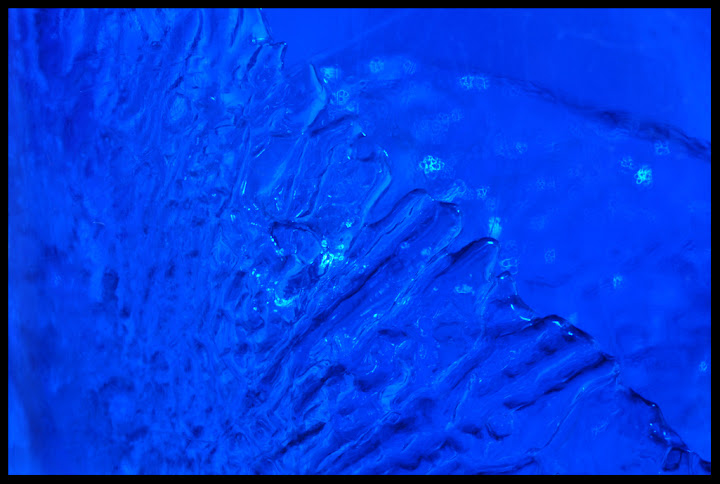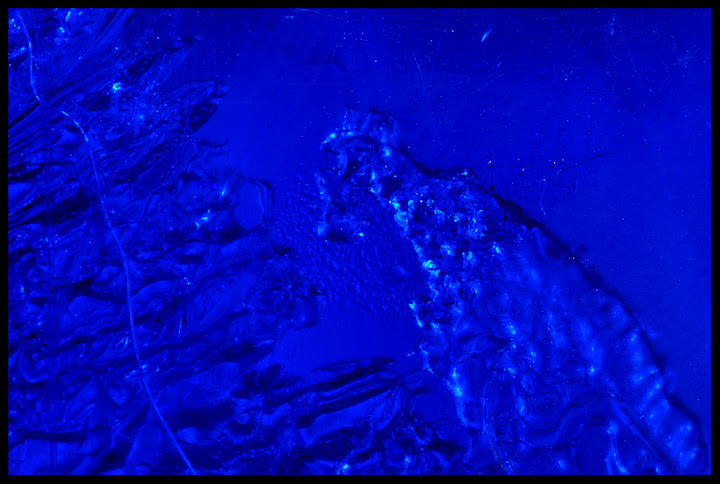I took these photos on 35mm film back in early November during a hike with students up Falling Waters Trail, across the Franconia Ridge, and then down the Old Bridle Path. It took a while for me to develop the roll, and today I finally managed to scan a few of the negatives.

I like this vantage point, below rows of icicles slowly melting and drip-drip-dripping onto a patch of ice below. There used to be a branch hanging precariously overhead here, snapped and barely connected to the body of the tree, but it seems that over the past year or so, someone decided to take it down and make the trail a little safer for passers-by.

This was one of the first views we got of Franconia Notch as we ascended Falling Waters Trail and got close to treeline. On a clear day, Cannon Mountain with its steep cliff wall would loom across the Notch, but on this hike, we were above the clouds; everything else, below.

This is a view looking over the Pemigewasset Wilderness. This black-and-white image adds to the feeling of winter, isolation, and desolation. Wisps of clouds rise up, as if to engulf all life up here.

Sebastian brought a hot thermos on the trip and insisted that we bring hot chocolate with us. He managed to find someone else to carry the thermos but made sure to enjoy the rewards of Nathan's labor. Here, Sebastian, Braden, and Brendan enjoy a hot drink at the summit of Little Haystack before we begin the traverse over to Lincoln and then Lafayette.

Another look at the sea of clouds, with other peaks just barely visible.

Here we are at Lafayette, resting behind a stone wall, looking weary and completely uninspired for the trek back to the van. No hot chocolate here to take Brendan and Nathan's minds off of the long journey that still lies ahead.

Looking back on Little Haystack as we crossed the Ridge, I caught this image during a rare break in the thick cloud cover that we experienced all day. I love the contrast of the dark rock against the snow that has begun to accumulate, and in the background, one can see some of the other peaks in the area. These mountains are simply majestic, and I cannot describe the feeling of being up above treeline in the Whites other than to say that it is truly awe-inspiring.









